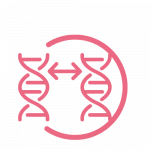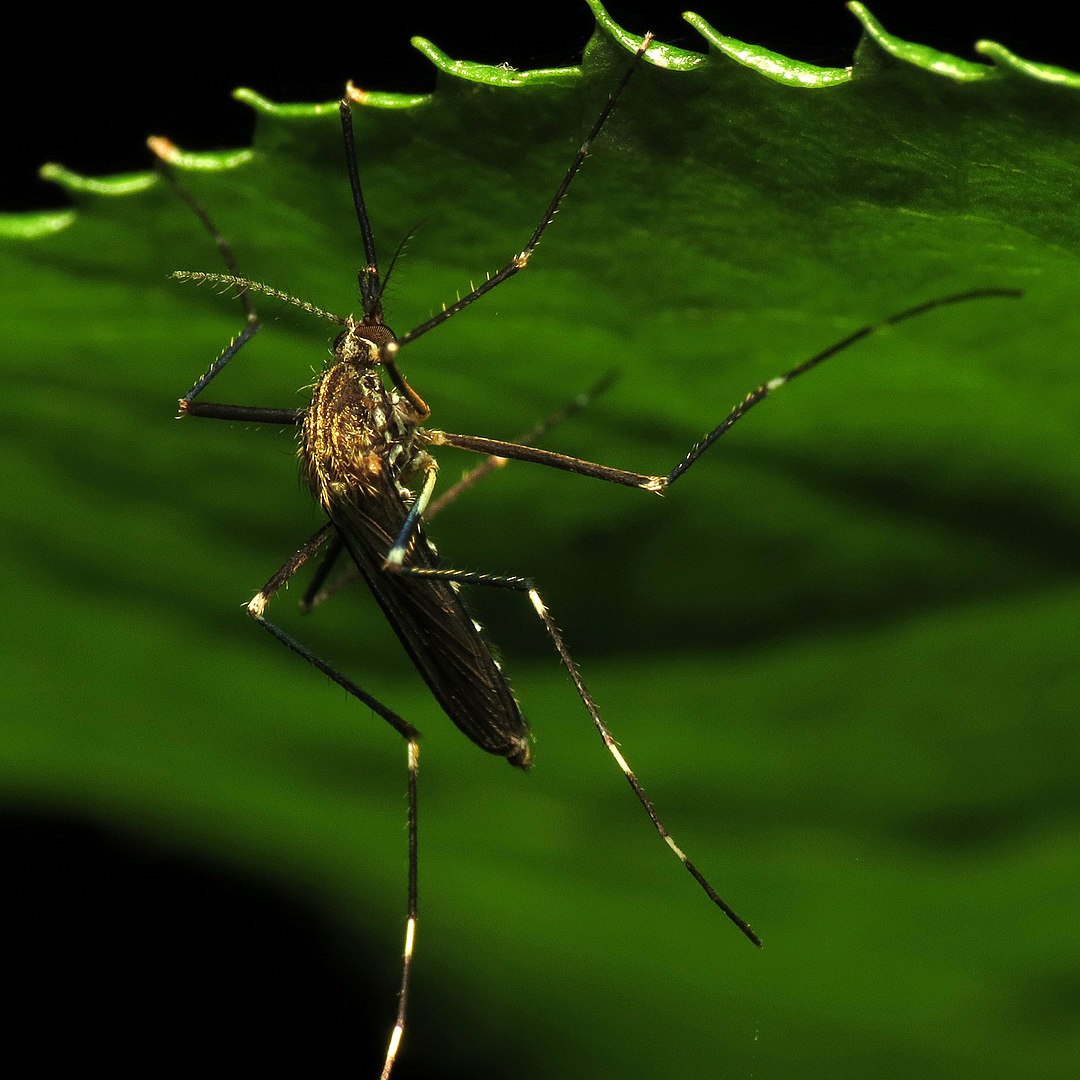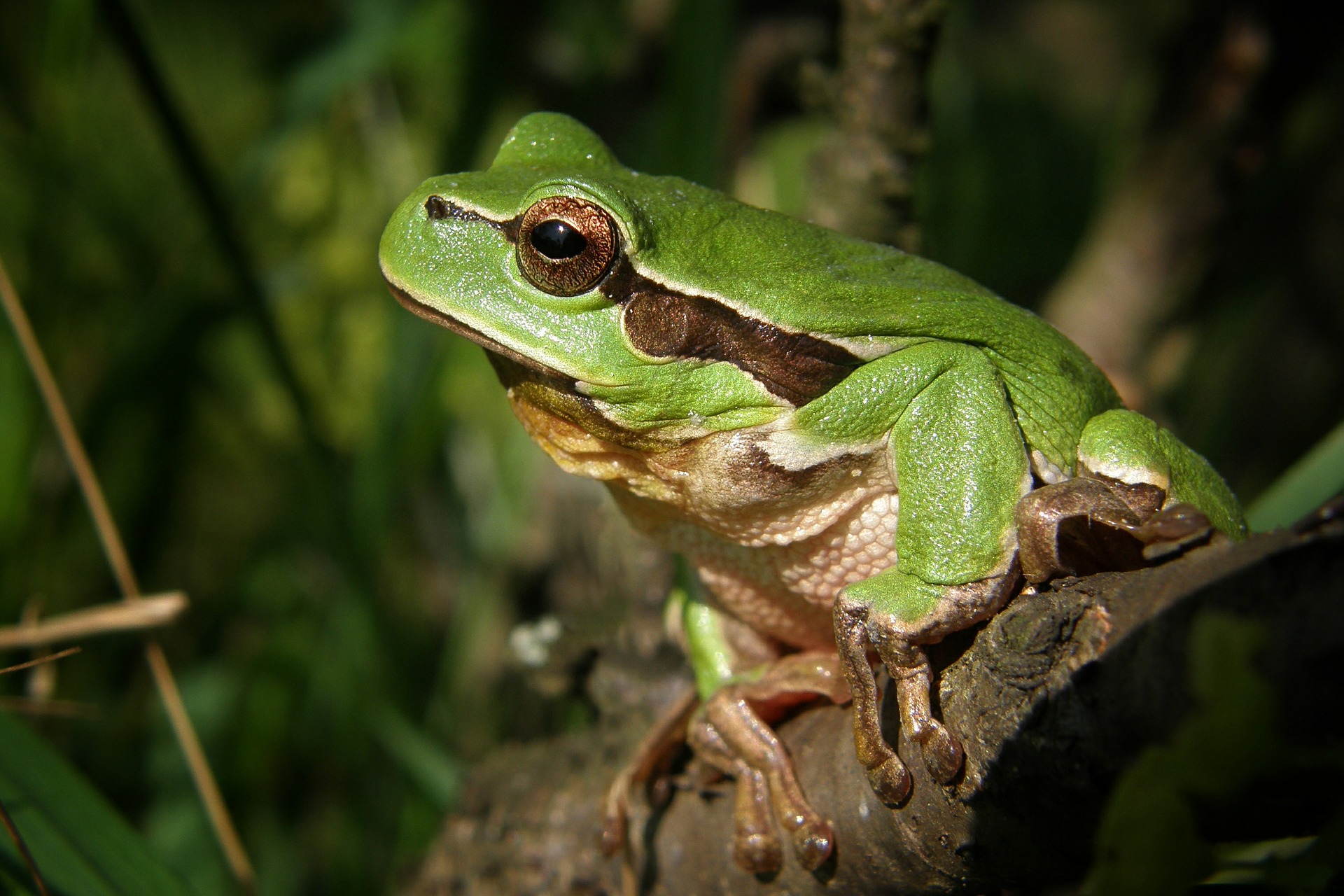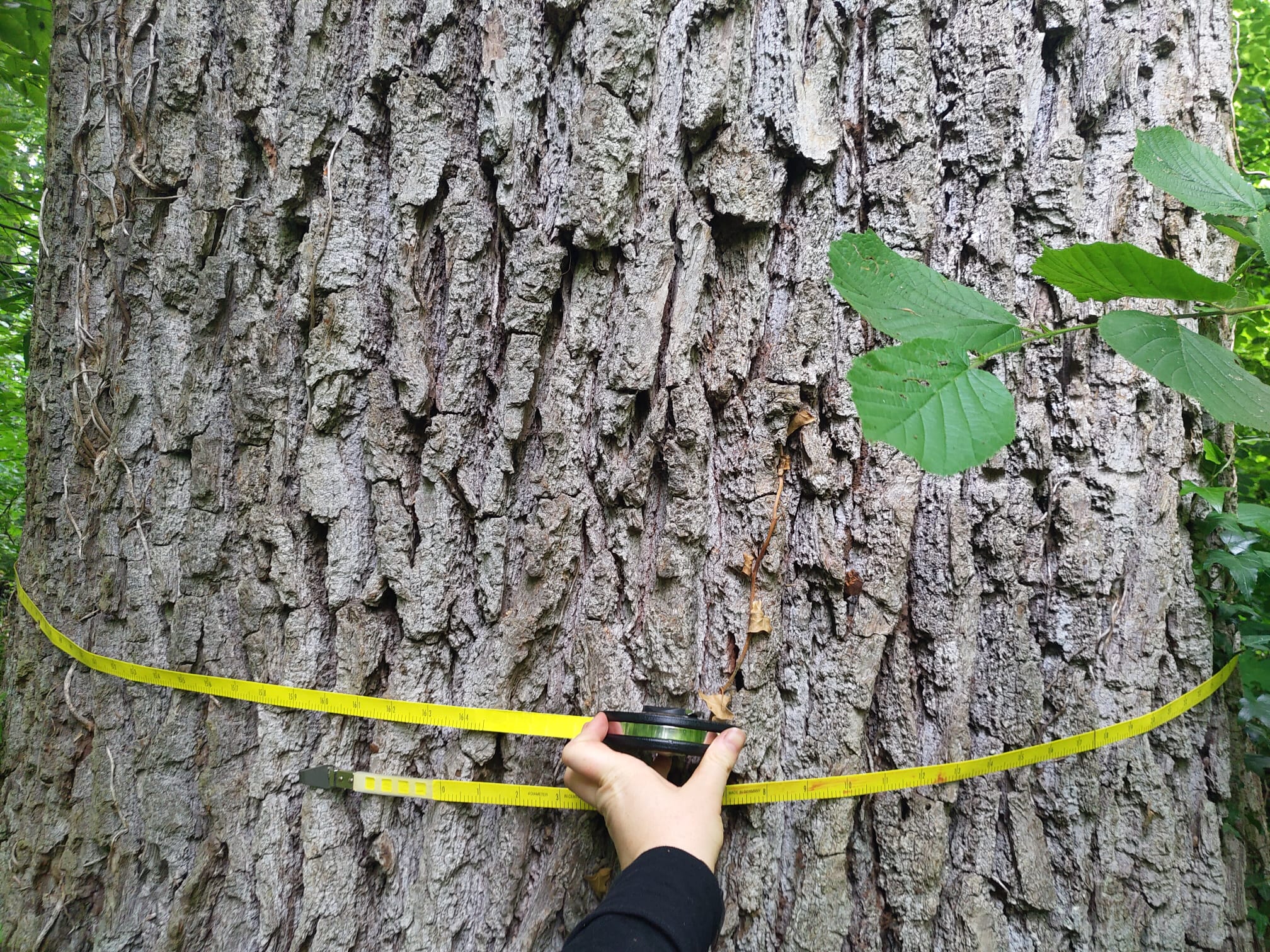TBG research projects
Genomic biodiversity research at the LOEWE Centre TBG is divided into four research areas and several subprojects each:
The diversity of organismic life has its origin in the differences between the genomes of species and individuals. The Comparative Genomics project area lays the foundations for:
– a functional understanding of the relationship between genotype and phenotype by analyzing and comparing a taxonomically broad selection of species
– a deeper understanding of the basis and origin of biodiversity and divergence under genetic exchange, which also has an impact on conservation efforts
– uncovering the genomic structure that is shaped by repetitive and mobile genetic elements
– analyzing the evolution and function of species interaction networks at the genomic level

Strategies to optimize the analysis of gene flow in speciation at the example of giraffes, bears, whales and seals
Prof. Dr. Axel Janke
read more
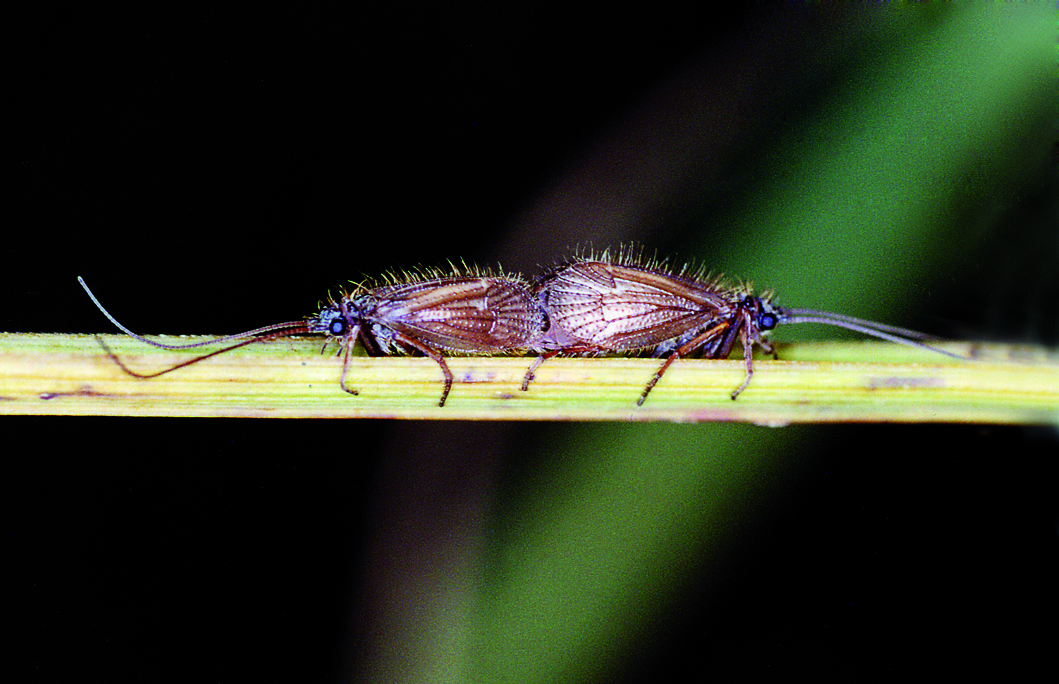
Evolution of silk biosynthesis and associated behavior in caddisflies
Prof. Dr. Steffen Pauls
read more
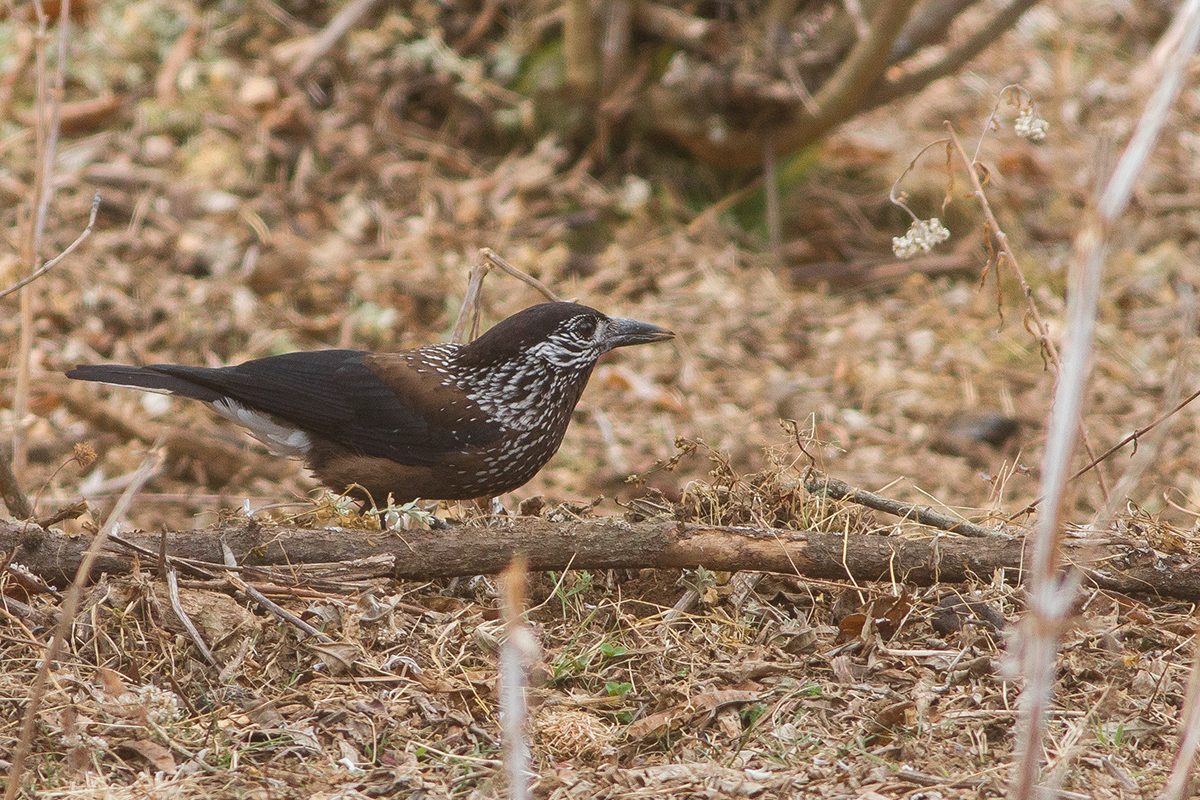
Mobile Genetic Elements – novel treasures in unexplored genomes
Dr. Maria Nilsson
read more
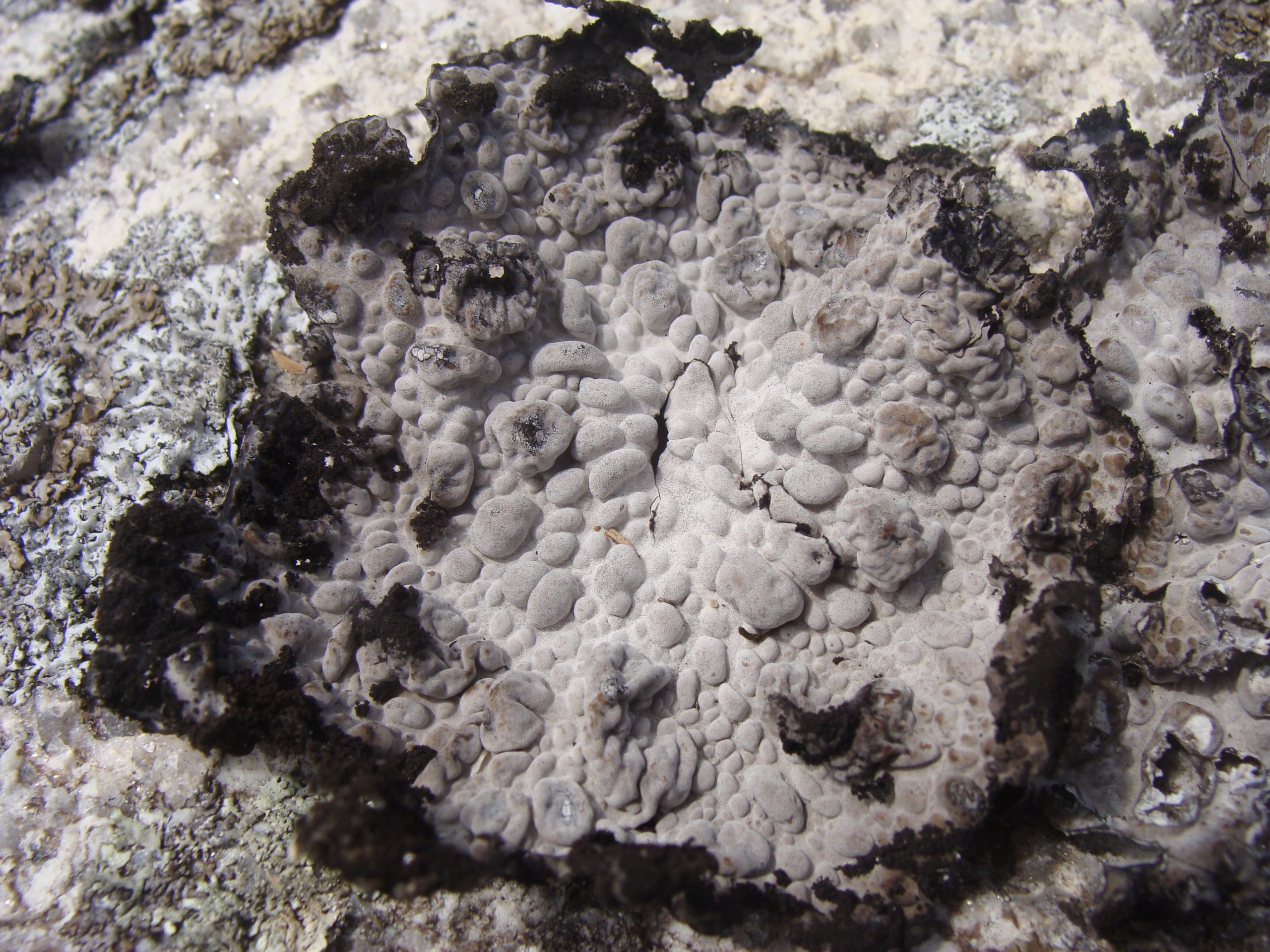
Evolution and function of species interaction networks on the example of pioneering species
Prof. Dr. Ingo Ebersberger
read more

Landscape genomics of plant-pathogen interactions
Prof. Dr. Marco Thines
read more
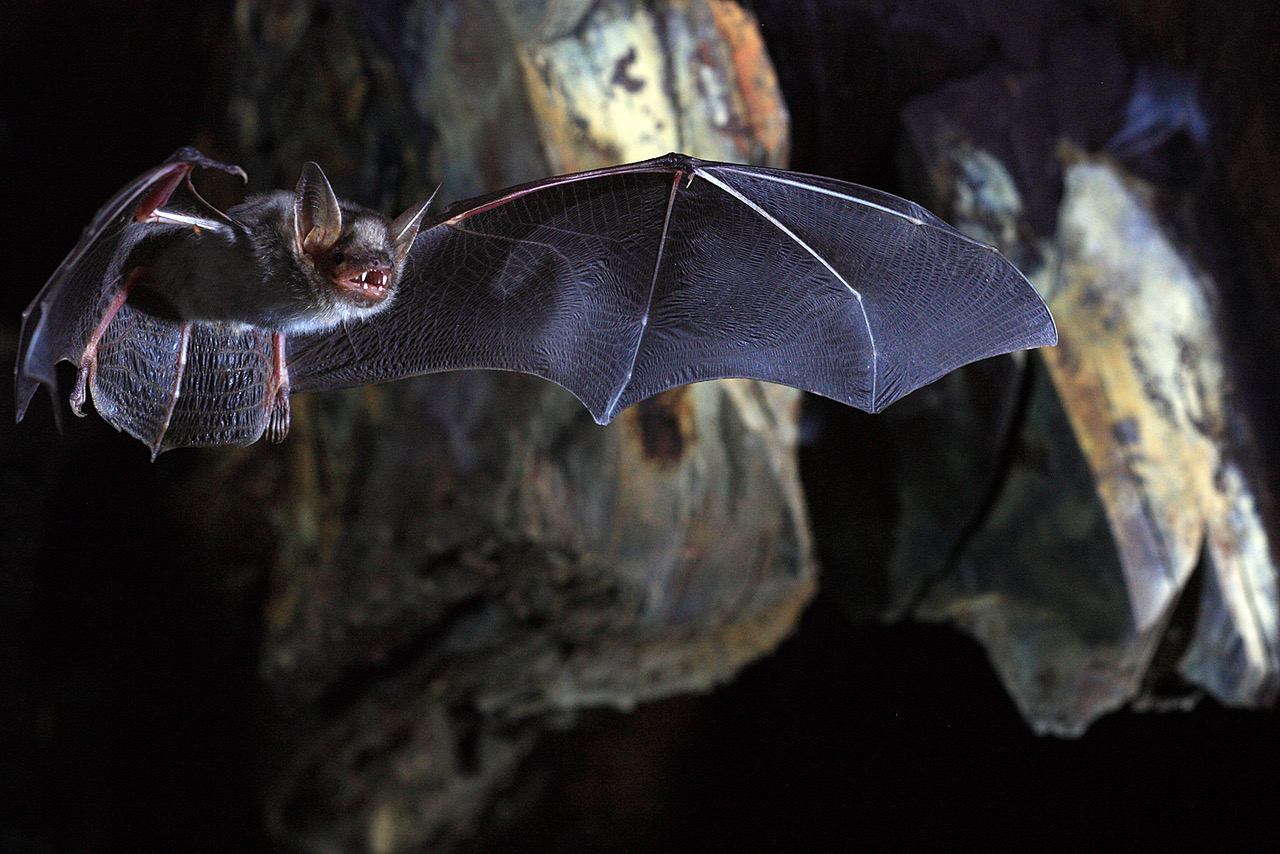
Genomic basis of phenotypes with translational potential
Prof. Dr. Michael Hiller
read more

New comparative genomic methods
Prof. Dr. Michael Hiller
read more

TEology – automatic detection of transposable elements in assembled eukaryotic genomes
Dr. Vladimir Kapitonov
read more
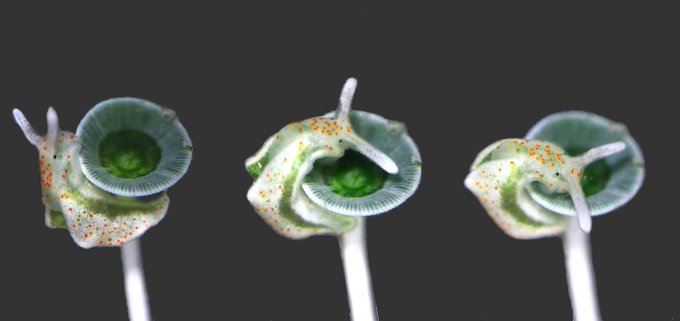
Unraveling the genetic basis of functional kleptoplasty in "solar-powered" sea slugs
Dr. Carola Greve
read more

The evolutionary origin of cnidocytes in the stinging black sponge Haliclona cnidata
Dr. Maren Ziegler
read more

Natural Products Genomics
The Natural Products Genomics project area focuses on natural products in mutualistic and parasitic systems as well as on toxins in poisonous animals that can have application potential. In silico analyses of genomes and transcriptomes are used to identify biosynthetic genes or gene clusters relevant for the production of natural products or toxins.
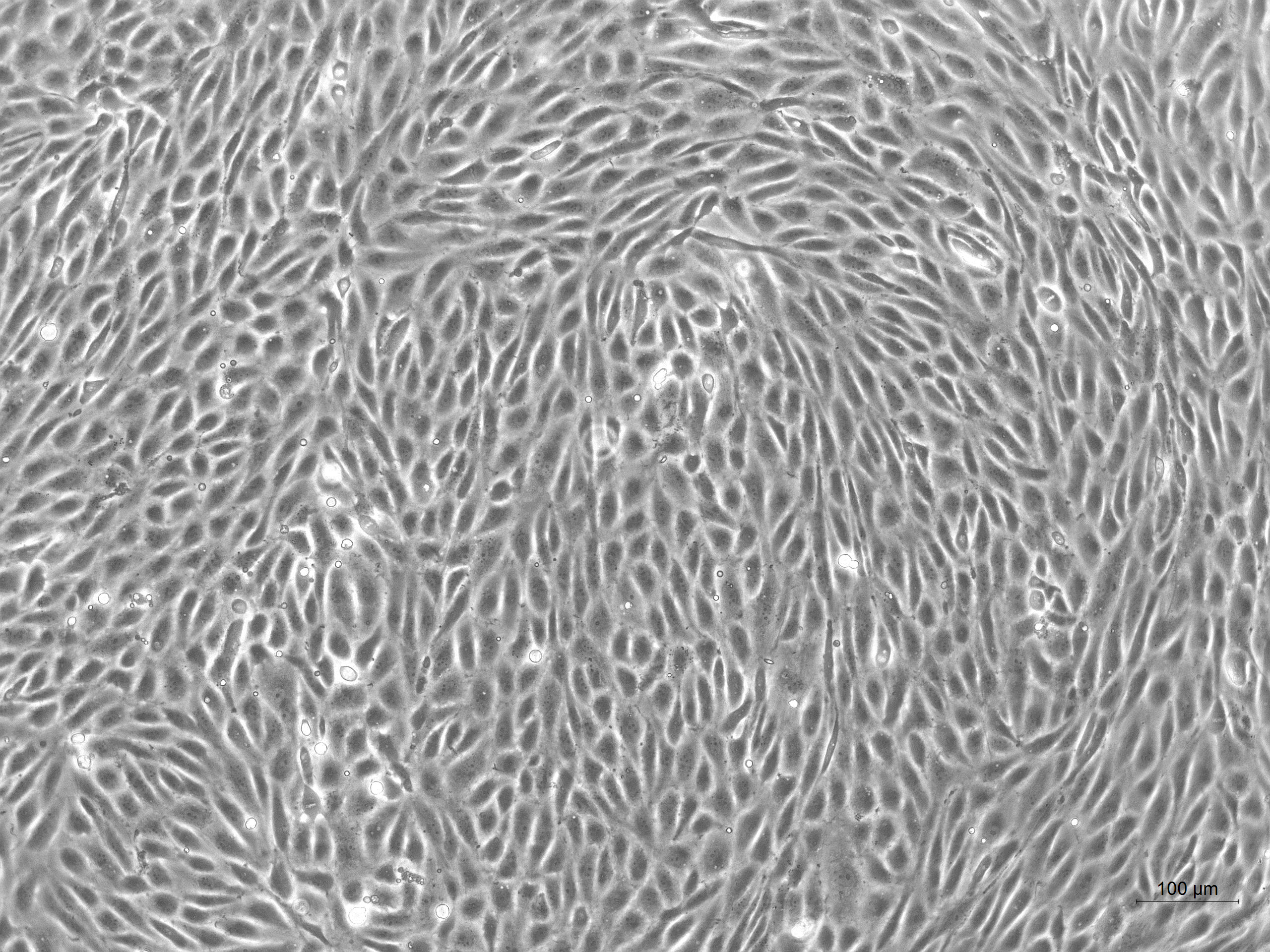
Preclinical in vitro testing of natural compounds
Prof. Dr. Robert Fürst
read more

Animal Venomics
Prof. Dr. Andreas Vilcinskas
read more

Characterization of natural products on biological activity and potential pharmaceutical application
Prof. Dr. Gerd Geisslinger
read more

Ecological functions of bioactive natural products from lichens
Prof. Dr. Imke Schmitt
read more
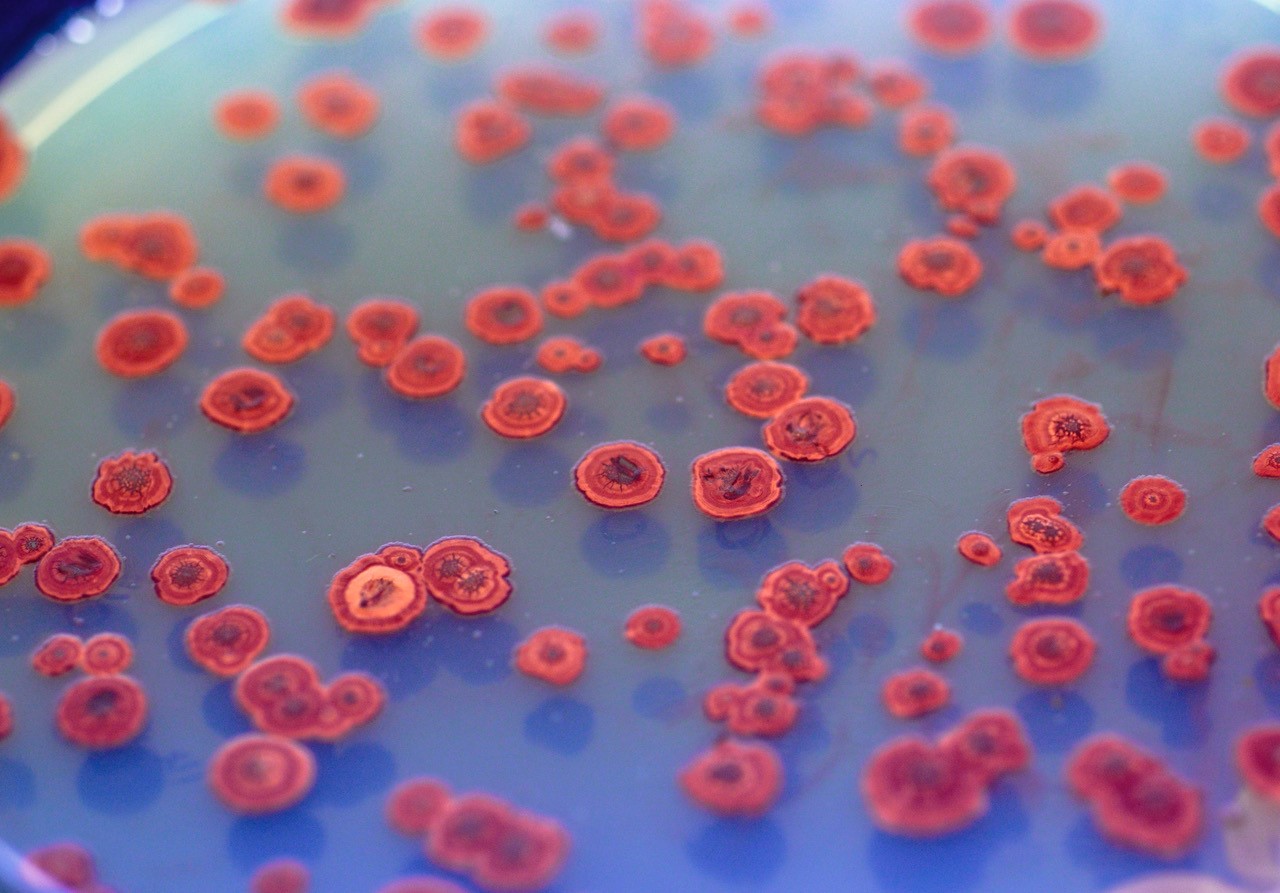
Ecological function and application of bacterial natural products
Prof. Dr. Helge Bode
read more
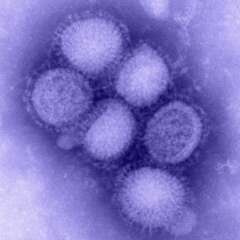
Screening of bioresources in order to identify new antiviral substances for the treatment of influenza infections
Dr. Kornelia Hardes
read more

Explorative Natural product Genomics
Prof. Dr. Eric Helfrich
read more

Functional Environmental Genomics
Environmental change affects both the molecular composition of organisms and their communities, and their functions in ecosystems. The goal of the project area Functional Environmental Genomics is to use genomic and metagenomic methods to detect functional changes, causally link them to anthropogenic impacts, and assess their potentials in routine environmental monitoring.

Metagenomic monitoring of soil communities (MetaInvert)
Prof. Dr. Miklos Bálint, Dr. Ricarda Lehmitz
read more
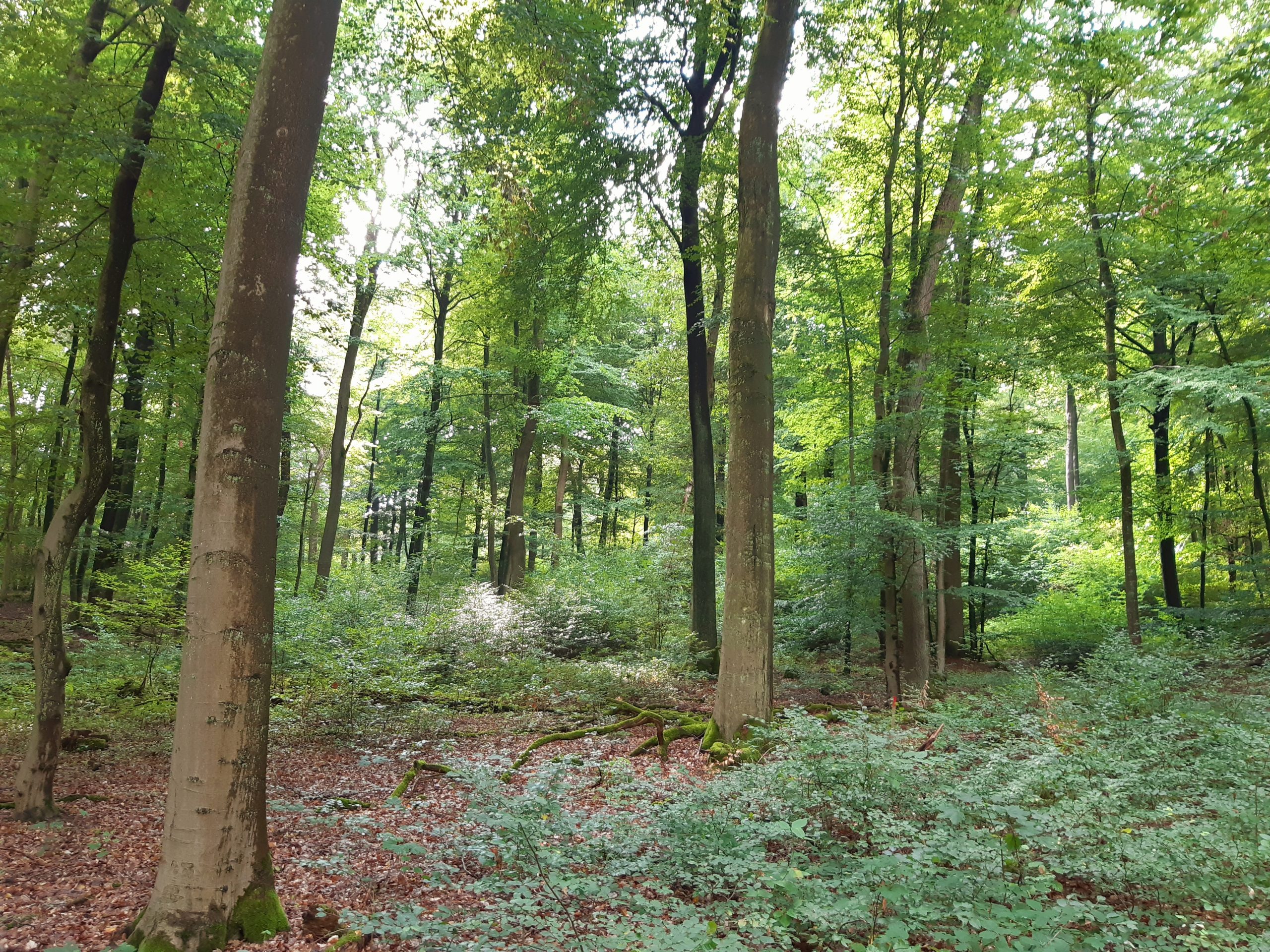
Monitoring adaptive changes: Revealing anthropogenic selection pressures from genomic time series
Prof. Dr. Markus Pfenninger
read more

Influence of anthropogenic substances on the germ cell mutation rate
Prof. Dr. Markus Pfenninger
read more
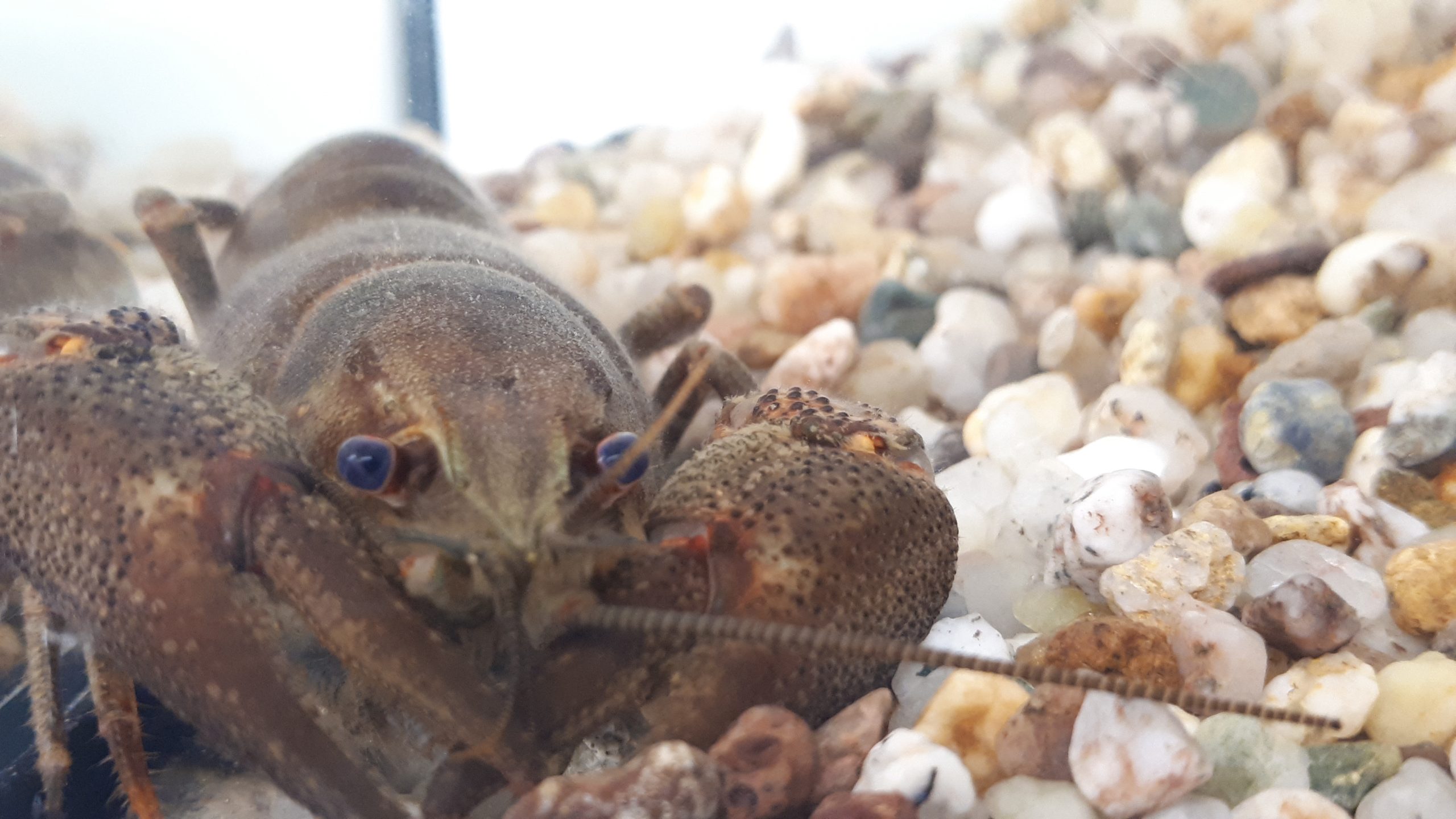
Freshwater crayfish and their invasive disease in Europe
Dr. Kathrin Theissinger
read more
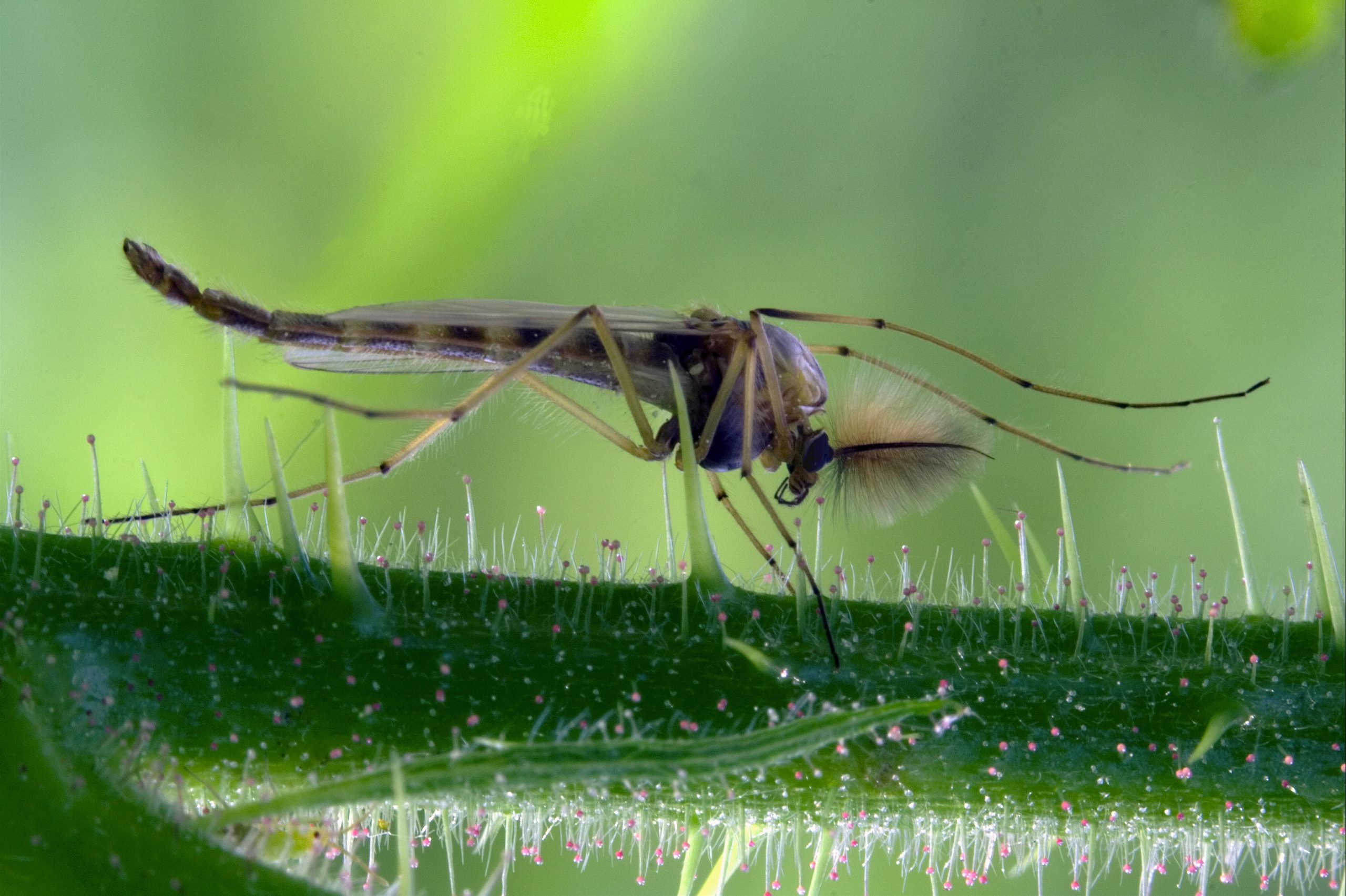
RNAi as an alternative approach against mosquitoes (Culicidae)
Dr. Kornelia Hardes
read more

Genomic Biomonitoring
The project area Genomic Biomonitoring serves the development and expansion of application-oriented genomic detection systems that are used in nature conservation and environmental monitoring. The focus is on the use of extracellular DNA from environmental samples (eDNA, also called environmental DNA), which is quantitatively detected by genomic chips.
